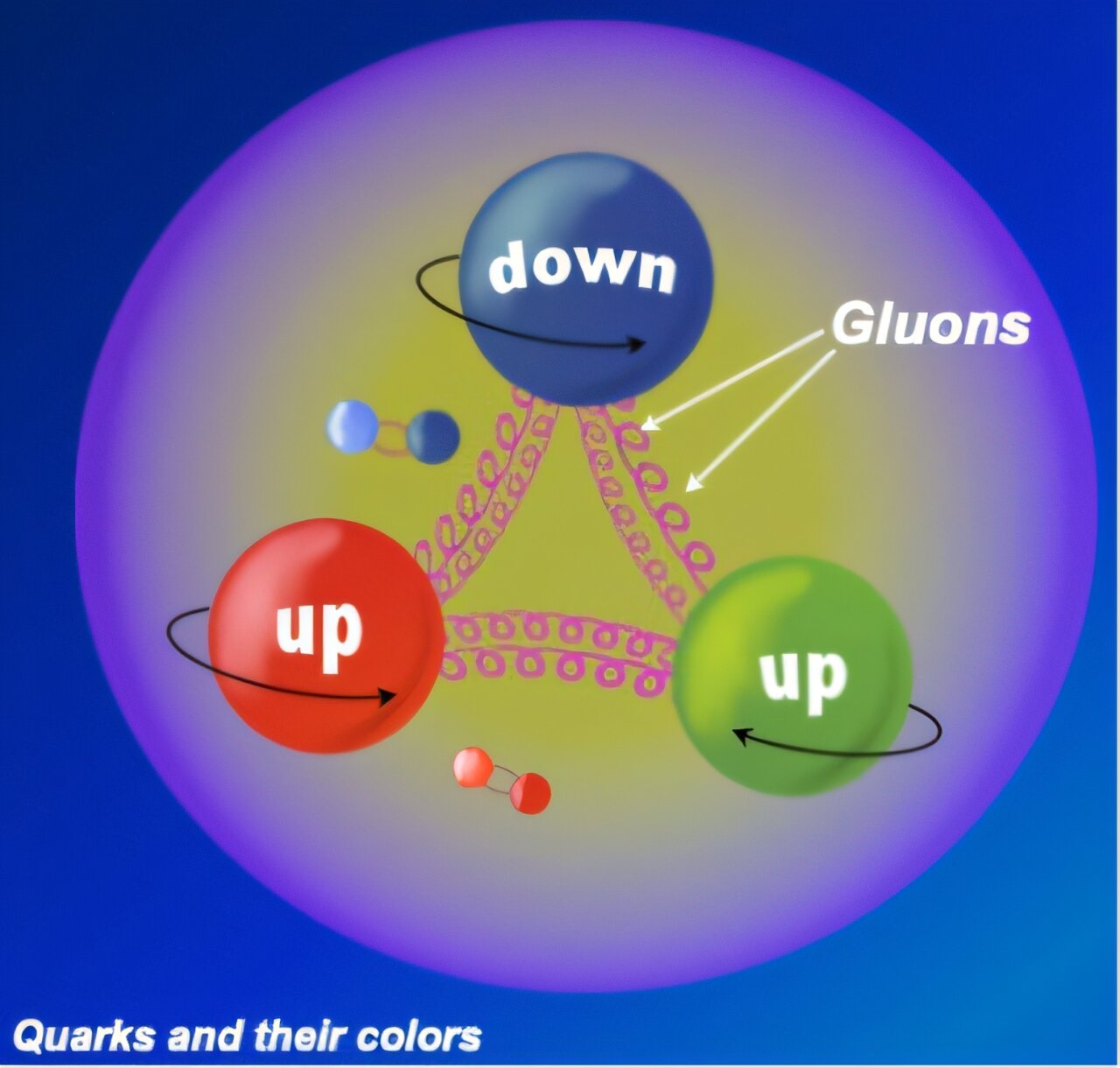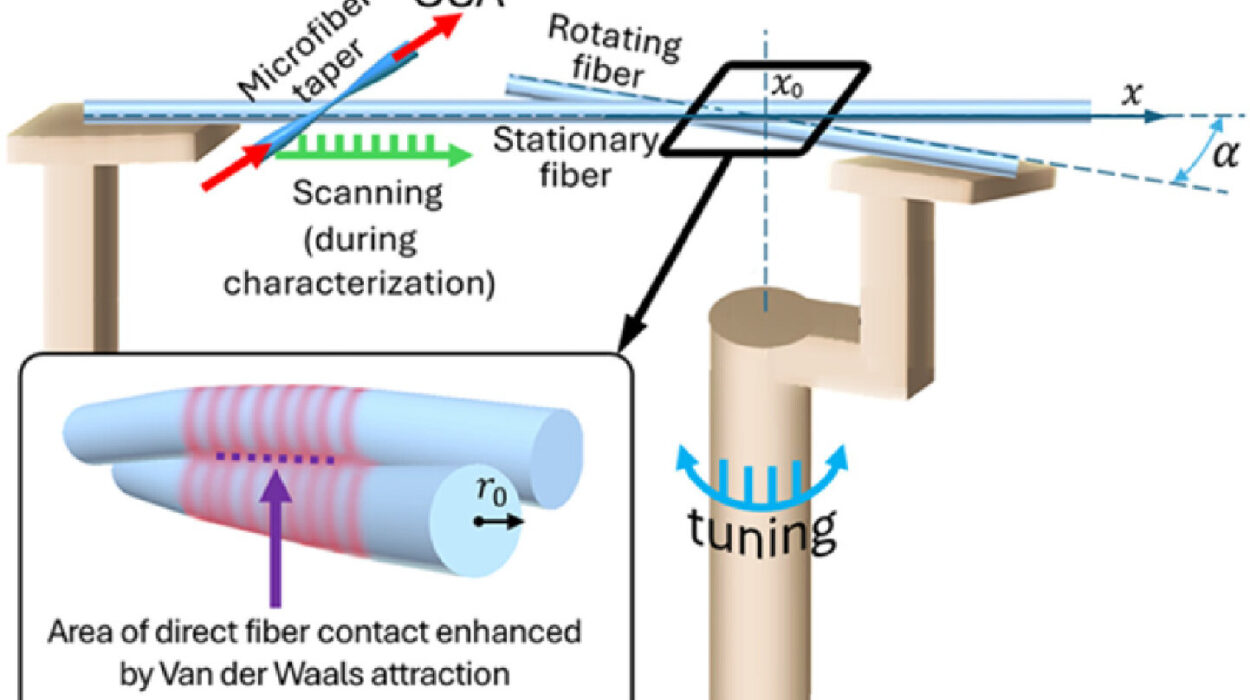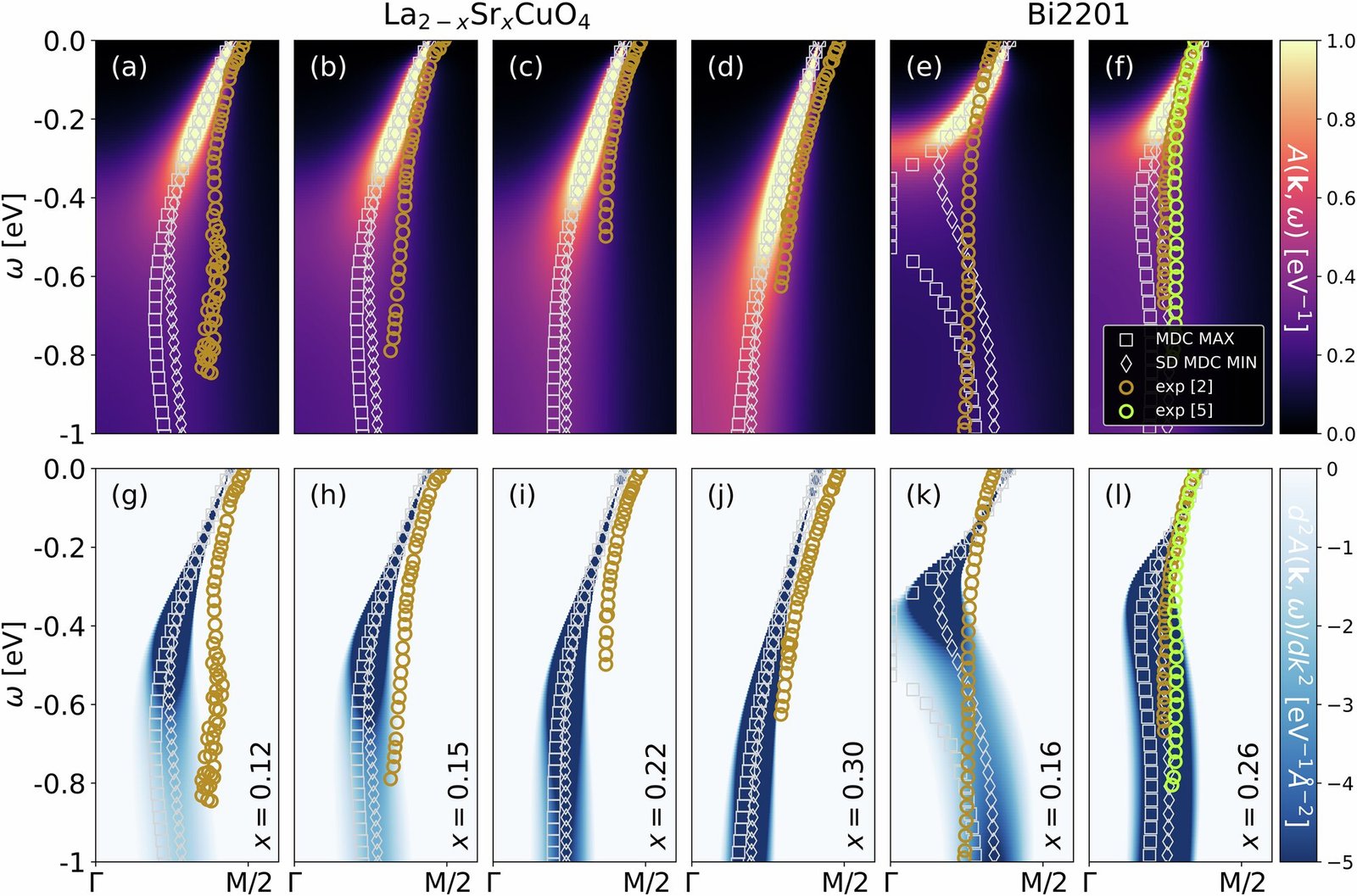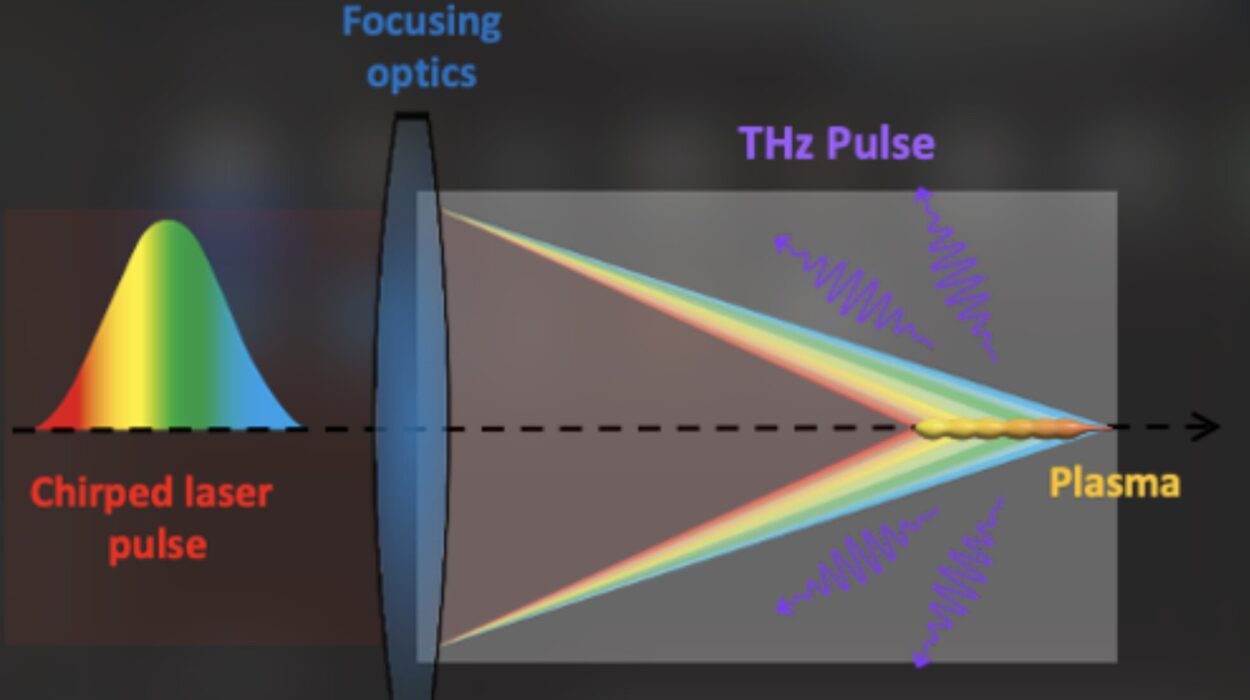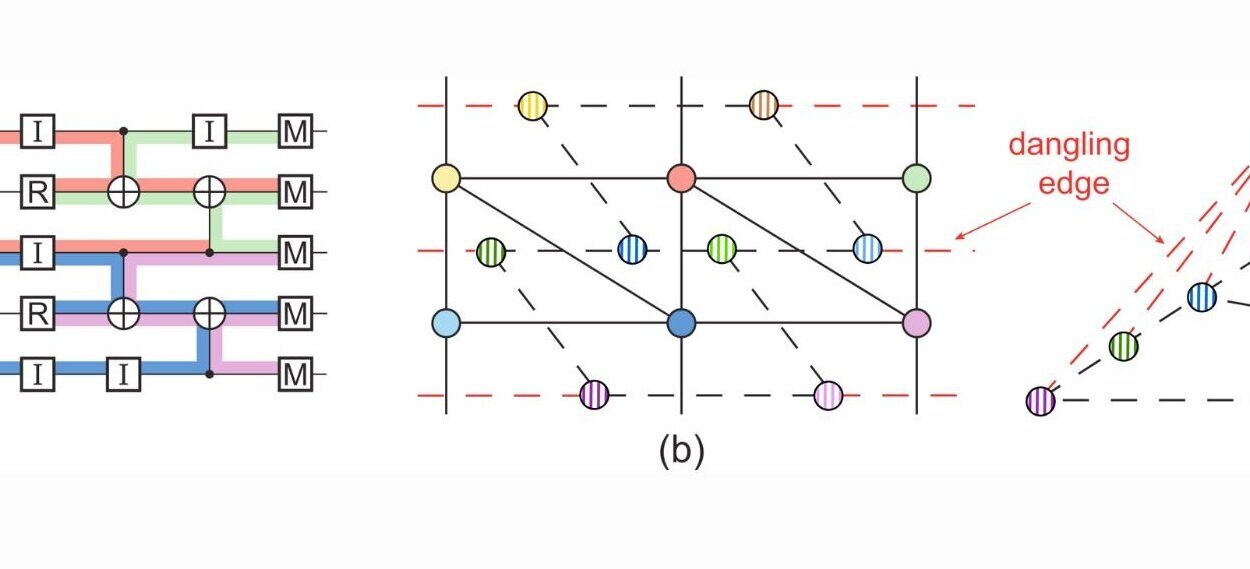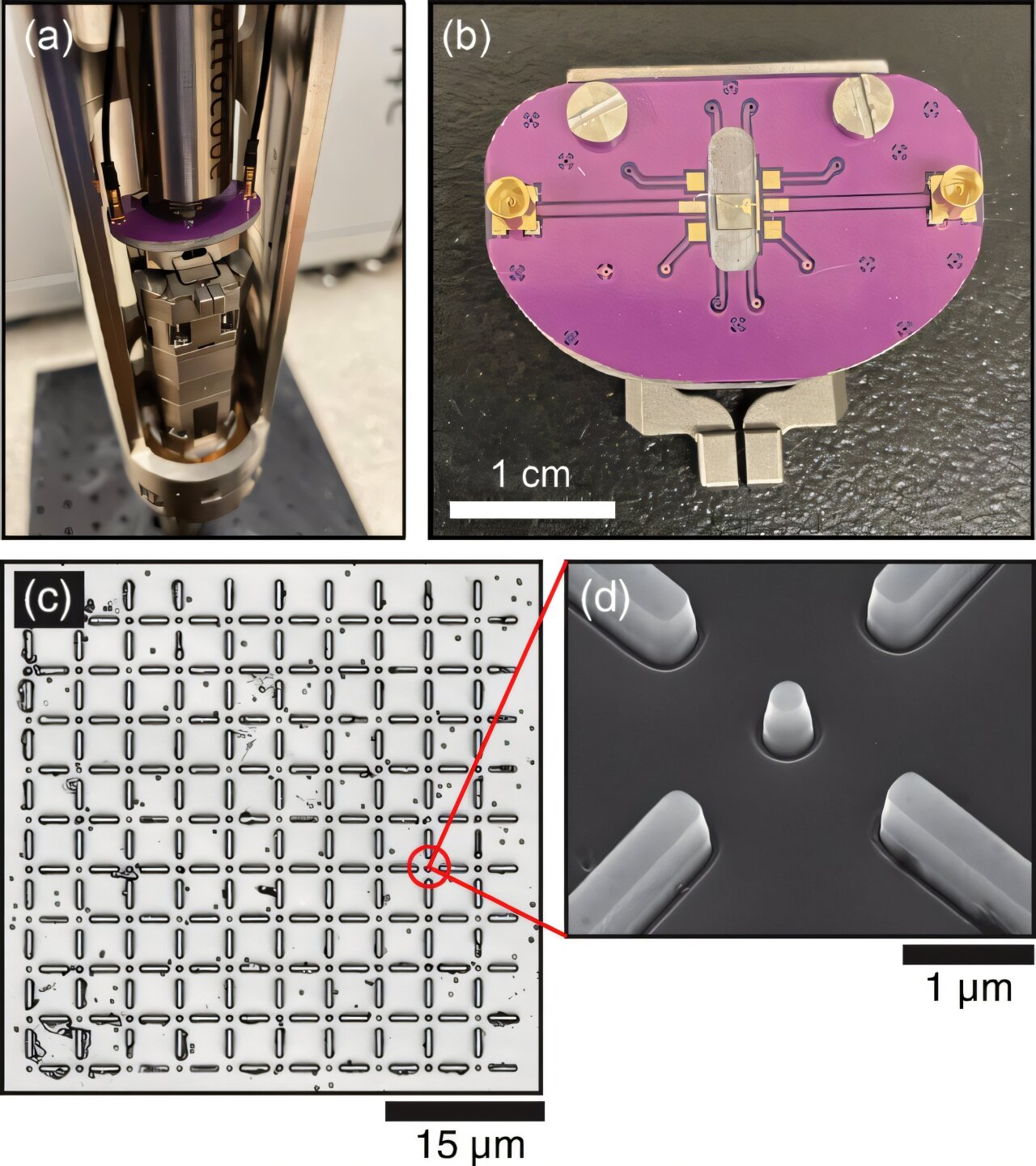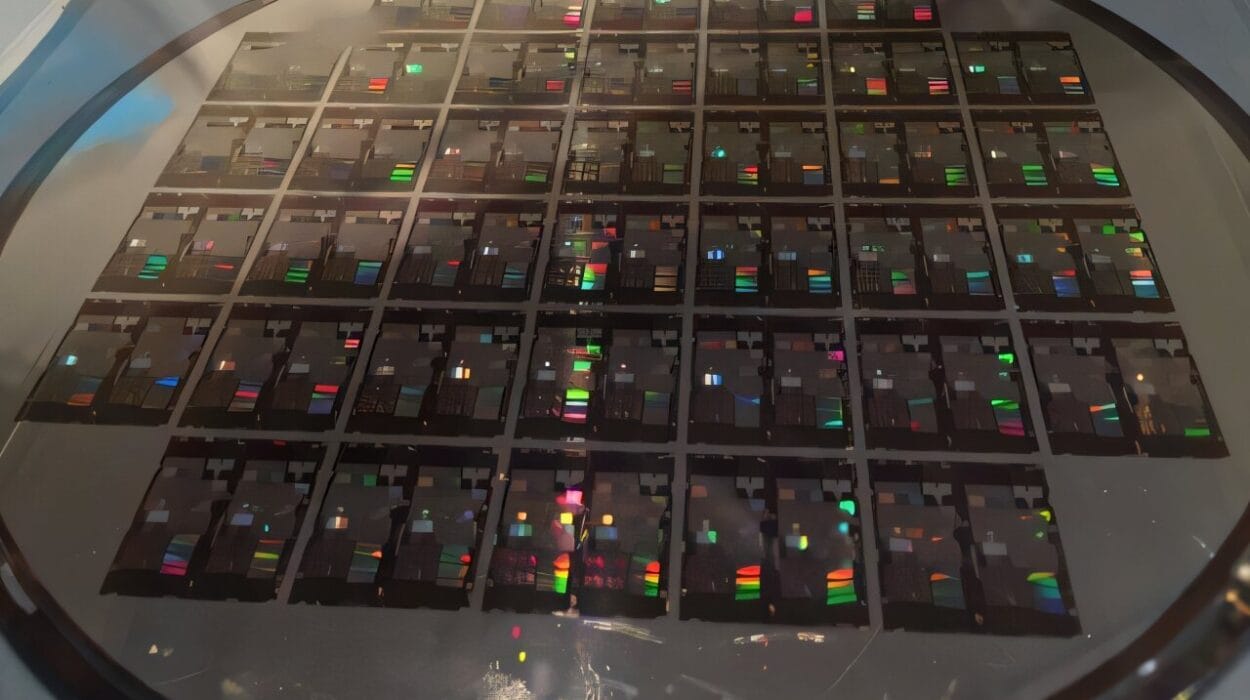The study of the proton and other subatomic particles, particularly the quarks and gluons that constitute these particles, presents a unique and deeply challenging task in the field of particle physics. These fundamental particles are bound together by a powerful force called the strong nuclear force, and their interaction is governed by an area of theoretical physics known as quantum chromodynamics (QCD). However, despite extensive theoretical and experimental work, the details of how quarks and gluons combine to form protons—and how the quantum field theory governing these particles can be reconciled with relativity—remain poorly understood.
At the heart of the proton’s structure lies a complex system involving quarks and gluons, which are even more fundamental constituents than the protons themselves. The quarks are elementary particles that come in three “flavors”—up, down, and strange—and are held together inside protons and neutrons by gluons, which are the force-carriers of the strong interaction. QCD provides the theoretical framework to understand the dynamics of quarks and gluons, which include not only their attractive forces but also the intricate phenomena of quantum fluctuations within these particles.
Despite the impressive framework QCD provides, the dynamics of quarks and gluons inside the proton are difficult to fully conceptualize due to the enigmatic nature of their interactions. Quarks and gluons are never directly observable, as they exist only in extremely short time spans and confined inside other particles. Their existence is fleeting and happens on scales where classical intuition cannot be applied. Quantum effects like color charge and virtual particle fluctuations emerge within this extremely complex system, where quarks and gluons can spontaneously appear and disappear. These fluctuations represent another layer of complication, leaving physicists with a puzzle—what exact combination of quarks and gluons resides inside a proton at any given moment? This question remains elusive.
At present, experimental work to probe and measure the behavior of these subatomic particles is taking place in sophisticated particle accelerators around the world. Prominent facilities like the Thomas Jefferson National Accelerator Facility (TJNAF), the Relativistic Heavy Ion Collider (RHIC), and the forthcoming Electron-Ion Collider (EIC) are designed to recreate the necessary conditions to explore quarks and gluons in action. In these accelerators, beams of electrons and protons are collided at exceedingly high energies, providing data that can yield insights into the structure of the proton, particularly in the context of QCD.
A significant challenge in the study of the proton’s structure lies in the nature of the information researchers can extract from particle collisions. High-energy collisions allow researchers to study the aftermath of the event, examining the resulting particles and reactions that emerge from the interaction. From this, they try to infer the internal structure and properties of the proton, including its spin, mass, and overall dynamics. However, precisely how these collision results can be linked back to the internal state of a proton is a persistent problem. The measurement of the scattering of quarks and gluons often involves piecing together complex data and extrapolating backwards in time—a practice that can be fraught with theoretical uncertainties.
The unresolved theoretical issues stem from the challenge of reconciling the quantum mechanical theory that governs particles like quarks and gluons with the principles of relativity. Since QCD operates at quantum scales—governed by uncertainties—and the theory of relativity describes interactions at extremely large distances or velocities close to the speed of light, combining these two frameworks into one comprehensive theory is an open problem in modern physics. The dynamic evolution of quarks and gluons, as governed by QCD, involves wave-like behavior and quantum fluctuations, which makes it especially difficult to capture a concrete picture of what’s occurring inside a proton, especially since the internal structure is ever-changing with every interaction.
In recent years, however, progress in theoretical QCD research has made inroads toward overcoming some of these obstacles. A particularly promising advance is the development of tools that can integrate different scales of physical phenomena, from the fundamental interactions of quarks and gluons to the emergent properties of the protons and other hadrons they form. One of these approaches involves “distributions” that describe the bound states of quarks and gluons in terms of their spatial, energy, and momentum distributions. These distributions offer a way to characterize the internal arrangement of quarks and gluons inside hadrons like protons and how these microscopic arrangements affect their overall properties, such as mass and spin. More precisely, they account for how quarks and gluons are “arranged” inside hadrons, and the resulting effects those arrangements have on larger-scale behavior.
The data produced in experiments in particle accelerators such as TJNAF and RHIC enable physicists to perform measurements that connect with these theoretical distributions. By analyzing high-energy collision events, experimentalists can extract momentum distributions of quarks and gluons, providing the empirical basis to improve our understanding of their structure. The complexity of this procedure arises from the need to separate out all possible influences and compute a very fine set of correlations among various parameters—an aspect where computational simulations and complex mathematical analysis play a crucial role.
New results published in journals such as Physical Review D have demonstrated significant progress in how we might more confidently interpret these experimental results. These breakthroughs in QCD theory provide a set of practical methodologies that can clarify previous ambiguities in data interpretation, allowing a clearer connection between the internal structure of particles like protons and the high-energy collision events observed in the laboratory. By offering a clear “recipe” for interpreting this data, these new methods ensure that future experiments conducted at particle accelerators can yield more reliable and consistent conclusions regarding the internal structure of protons and other fundamental particles.
One of the core aspects of this new theoretical work is its ability to reconcile previous inconsistencies between the fundamental physics of QCD and the data taken from particle experiments. Earlier attempts to merge these two—one based on theoretical physics and the other on experimental results—sometimes resulted in conflicting outcomes. But the latest developments offer a consistent approach that improves the predictions and the interpretation of experimental measurements. This represents a major shift forward in understanding the detailed structure of the proton and, by extension, all particles bound by the strong nuclear force.
A key challenge that still persists is one of scale. The interactions that occur within the proton take place on subatomic scales, well outside the reach of even the most advanced microscopes. Furthermore, many quantum phenomena, such as quantum tunneling and field fluctuations, cannot be directly observed. As a result, physicists often rely on indirect methods, like analyzing particle collisions, scattering patterns, and decays, to piece together an understanding of these phenomena. The deeper insights that theoretical physicists are developing promise to bring particle physics closer to a new, unified framework, making clearer how the universe works on its most fundamental level.
The work being done today in quantum chromodynamics and particle physics holds immense promise for our understanding of the universe. By exploring the dynamics of particles such as protons and their constituent quarks and gluons, physicists aim to unlock the secrets of the strong force and develop a fuller understanding of the fundamental forces that govern all matter. From informing the development of new particle accelerators to testing hypotheses through advanced computational models, ongoing research is incrementally shaping a more coherent picture of the structures that define the subatomic world. The progress being made now ensures that physics is approaching an era where many long-standing mysteries may soon be solved.
Reference: F. Aslan et al, Phenomenology of TMD parton distributions in Drell-Yan and Z0 boson production in a hadron structure oriented approach, Physical Review D (2024). DOI: 10.1103/PhysRevD.110.074016
